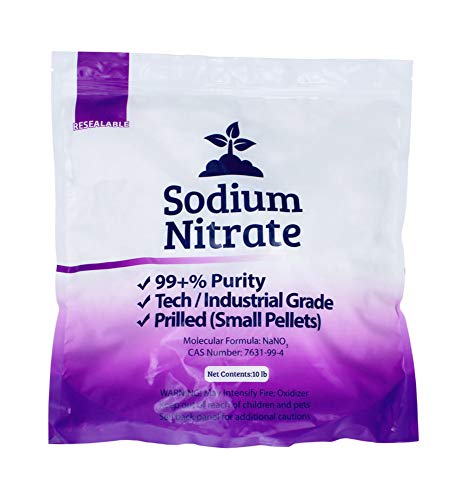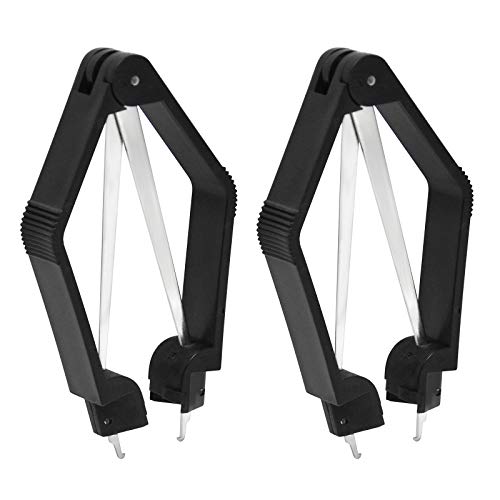samuel-a
Well-known member
- Joined
- Oct 7, 2009
- Messages
- 2,190
pp2kr said:Hello Sam
Tell us about your results!
pp2kr
The short version... it didn't really worked.
Perhaps some dissolution of gold, but not enough to make it a viable option..

pp2kr said:Hello Sam
Tell us about your results!
pp2kr












Barstool miner said:I still have to figure out how to post photos.
WelcomeHi all,
Wanted to chime in here as I've been doing a lot of reading both on the forums and academic literature over the past few months and finally decided to register and contribute.
My background is a decade as an electrical engineer with a lifetime passion for chemistry, so I'm doing my best to use my career knowledge of the initial production process of what becomes ewaste to optimize my feedstock processing and selection.
I am still doing my "getting started" required reading and am abstaining from using strong acids until I know I have all safety measures in place. That being said, I decided to give alkaline glycine leaching a try since I'm comfortable with NaOH form prior soapmaking experience.
My feedstock is some trimmed PCI card and RAM stick fingers, as well as some trimmed down mylar flex PCBs from old cell phones that have what is likely ENIG gold on some of the ground planes.
I've been trying different ratios of H2O2 and glycine molarity (no more than 1M solution) along with constant stirring at room temperature, and I'm finding decent, albeit slow, success dissolving the base metals out from under the gold foils. I'm taking my time and waiting until I have more gold foils before I try a refining of the gold via higher temperature alkaline glycine process as outlined in literature.
I had an idea to use copper to drop out the other base metals in the waste glycine solutions and indeed immediately saw what I believe is nickel cement out on some pieces of copper plate placed in the copper glycinate filtrate. I'm hoping to figure out something to be able to drop out the copper in a way that preserves the glycine for reuse, though the only mention in literature I've found is sodium hydrosulfide, which I would prefer not to work with at this time. Perhaps there is a way to acidify the solution, use sodium metabisulfite to drop the copper, and then increase the pH again, without degradation of the solution.
Anyway, I've attached some photos, apologies for the quality, I took them simply for personal documentation at the time and wasn't expecting to post them.
That being said, I'm grateful for this place and how willing everyone is to share knowledge.
- Mare
Copper will only drop the precious metals and Mercury if present.Hi all,
Wanted to chime in here as I've been doing a lot of reading both on the forums and academic literature over the past few months and finally decided to register and contribute.
My background is a decade as an electrical engineer with a lifetime passion for chemistry, so I'm doing my best to use my career knowledge of the initial production process of what becomes ewaste to optimize my feedstock processing and selection.
I am still doing my "getting started" required reading and am abstaining from using strong acids until I know I have all safety measures in place. That being said, I decided to give alkaline glycine leaching a try since I'm comfortable with NaOH form prior soapmaking experience.
My feedstock is some trimmed PCI card and RAM stick fingers, as well as some trimmed down mylar flex PCBs from old cell phones that have what is likely ENIG gold on some of the ground planes.
I've been trying different ratios of H2O2 and glycine molarity (no more than 1M solution) along with constant stirring at room temperature, and I'm finding decent, albeit slow, success dissolving the base metals out from under the gold foils. I'm taking my time and waiting until I have more gold foils before I try a refining of the gold via higher temperature alkaline glycine process as outlined in literature.
I had an idea to use copper to drop out the other base metals in the waste glycine solutions and indeed immediately saw what I believe is nickel cement out on some pieces of copper plate placed in the copper glycinate filtrate. I'm hoping to figure out something to be able to drop out the copper in a way that preserves the glycine for reuse, though the only mention in literature I've found is sodium hydrosulfide, which I would prefer not to work with at this time. Perhaps there is a way to acidify the solution, use sodium metabisulfite to drop the copper, and then increase the pH again, without degradation of the solution.
Anyway, I've attached some photos, apologies for the quality, I took them simply for personal documentation at the time and wasn't expecting to post them.
That being said, I'm grateful for this place and how willing everyone is to share knowledge.
- Mare
Ah right, I'll have to pull a piece and test the silver metal that's cemented onto the copper in that case.Copper will only drop the precious metals and Mercury if present.
Silver will cement on Copper.Ah right, I'll have to pull a piece and test the silver metal that's cemented onto the copper in that case.
Enter your email address to join: